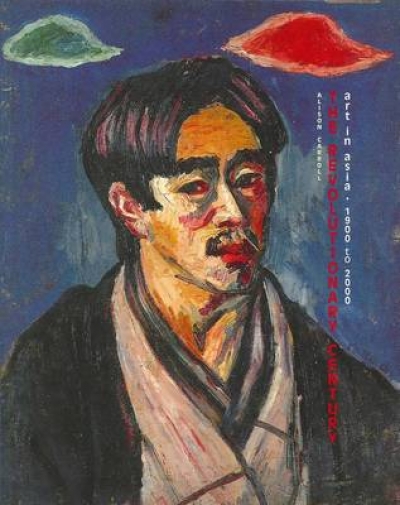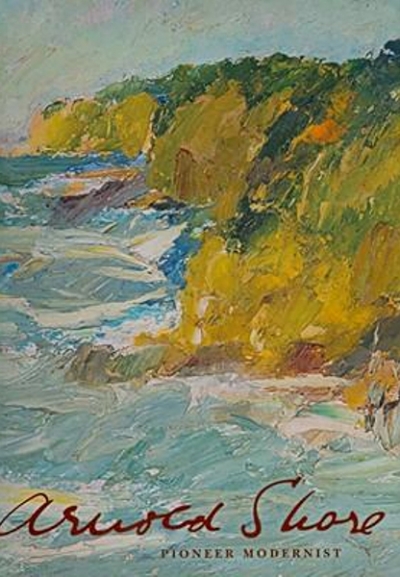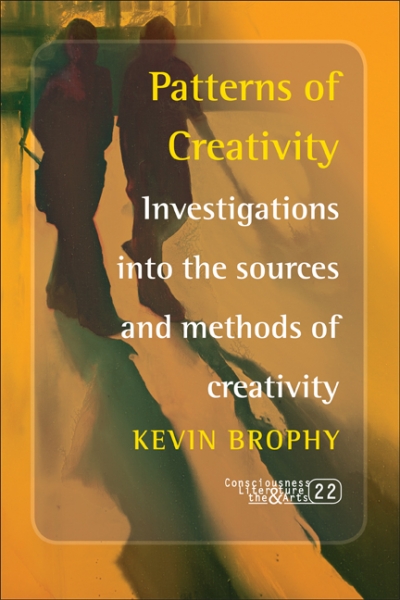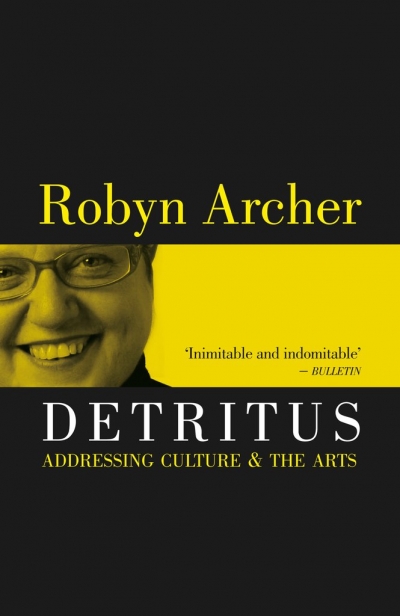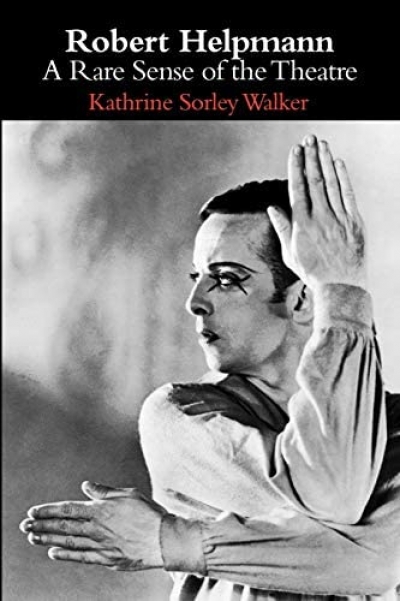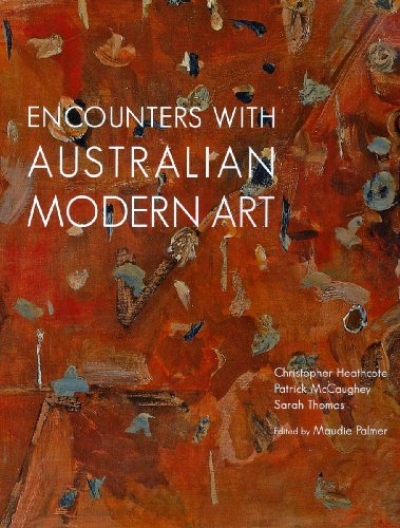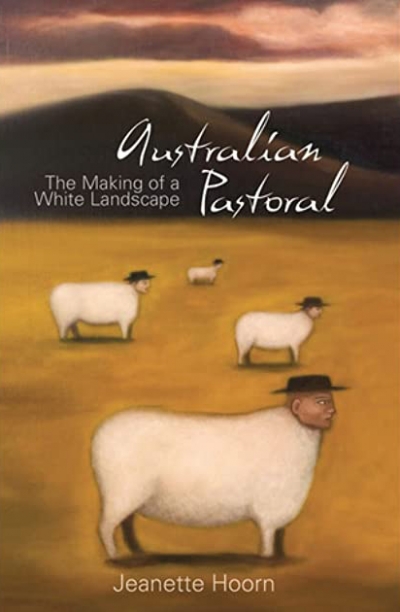Arts
The Revolutionary Century by Alison Carroll & Every 23 Days by Sarah Bond, Alison Carroll and Claire Watson
by Peter Hill •
Life, Death and Magic: 2000 years of Southeast Asian Ancestral Art by Robyn Maxwell
by Carol Cains •
Patterns of Creativity: Investigations into the sources and methods of creativity by Kevin Brophy
by Jane Goodall •
Detritus: Addressing Culture and the Arts by Robyn Archer
by Alison Broinowski •
Robert Helpmann: A rare sense of the theatre by Kathrine Sorley Walker
by Lee Christofis •
Encounters with Australian Modern Art by Christopher Heathcote, Patrick McCaughey and Sarah Thomas
by Daniel Thomas •
Australian Pastoral: The making of a white landscape by Jeannette Hoorn
by Daniel Thomas •


